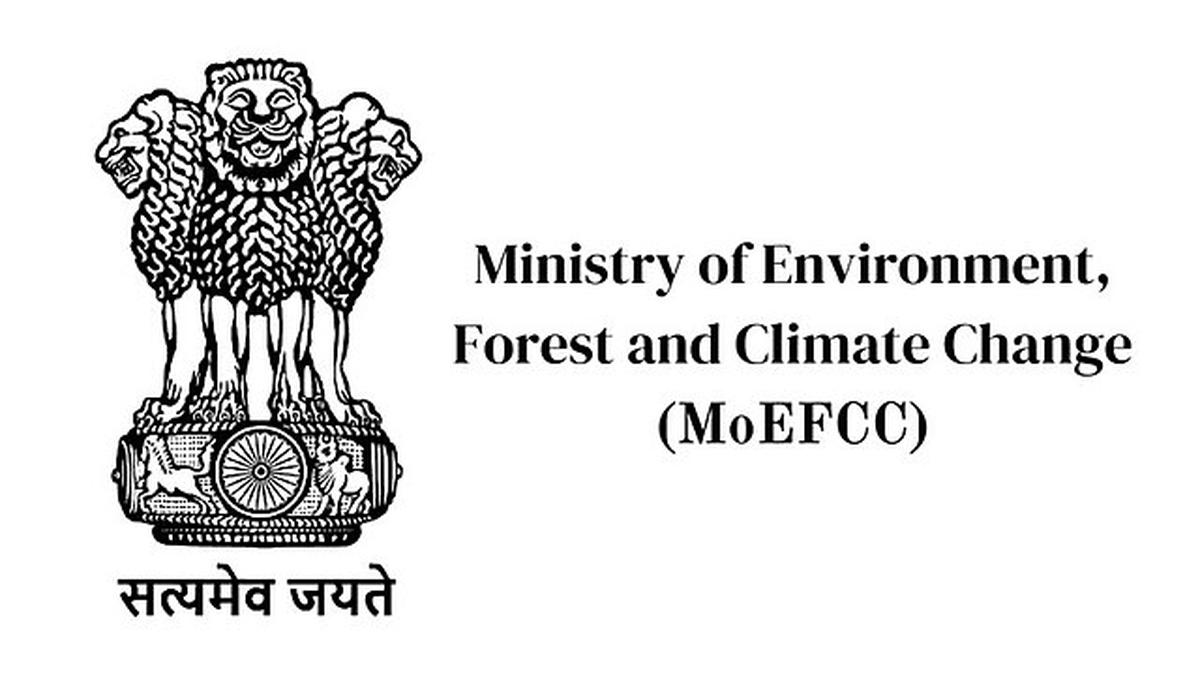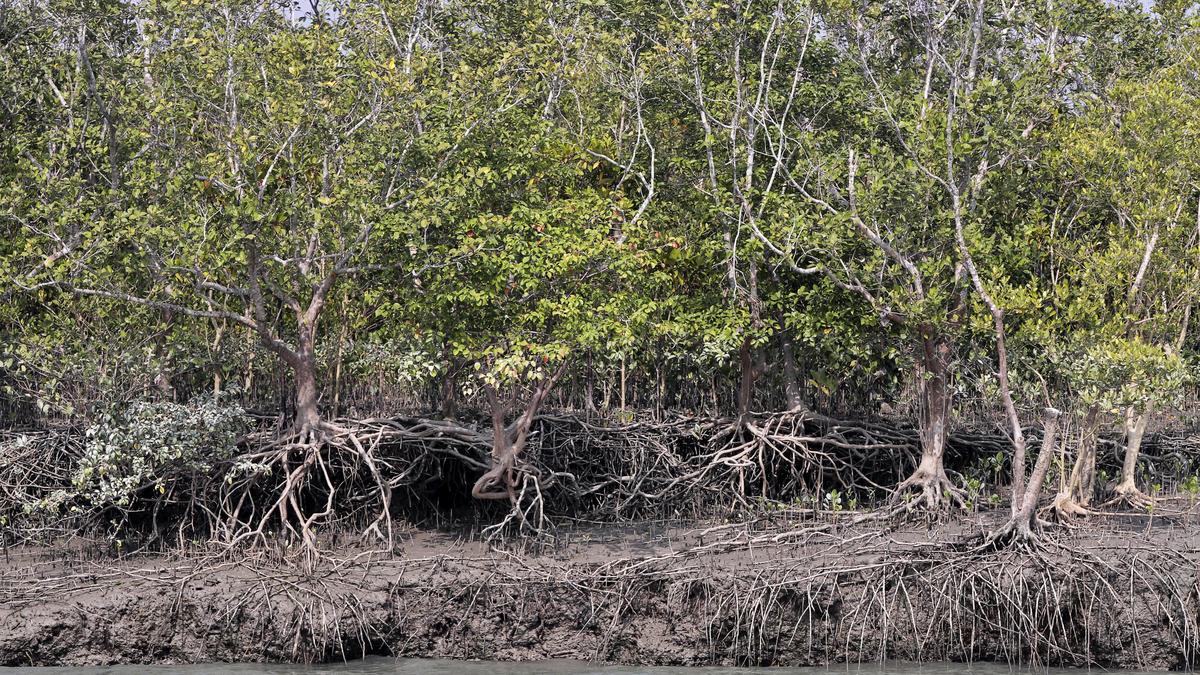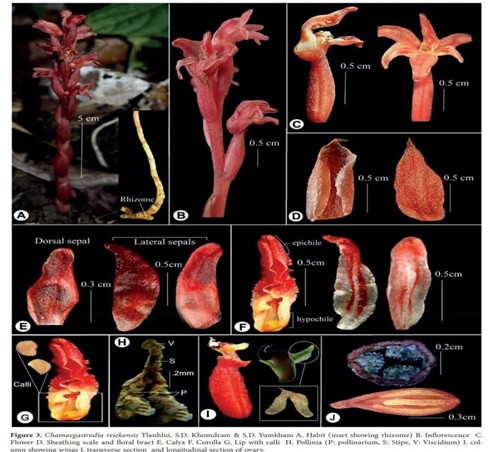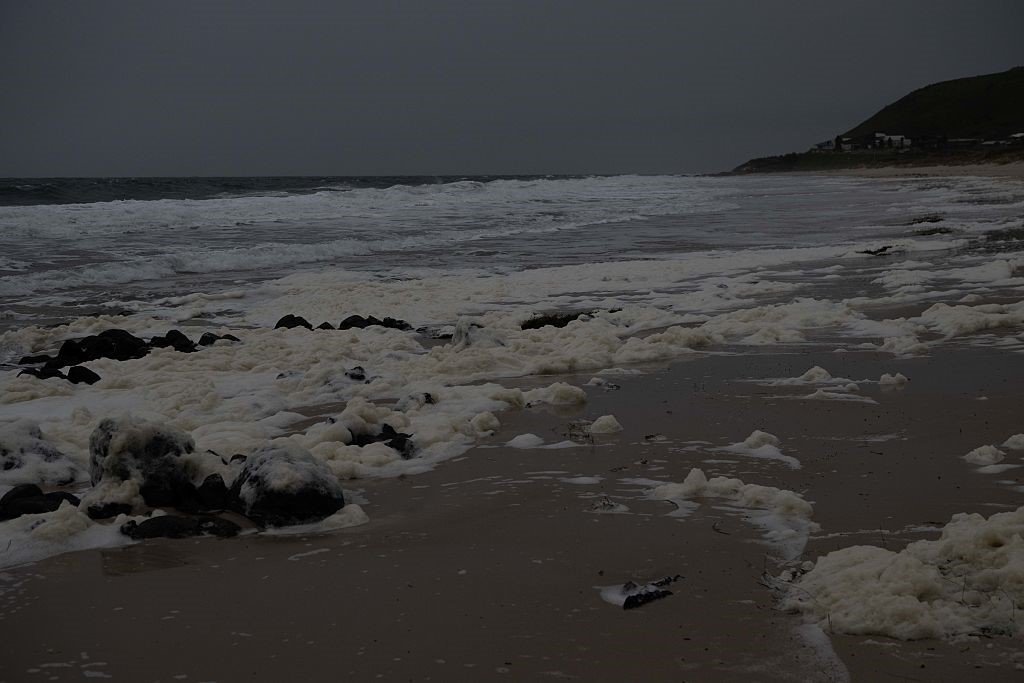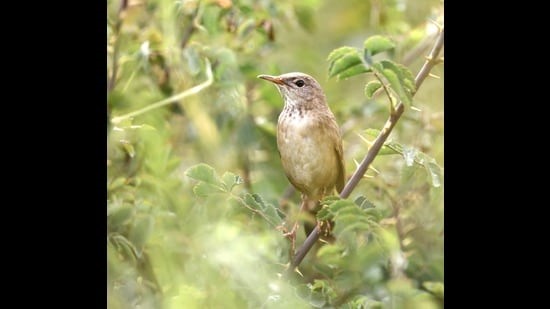Description
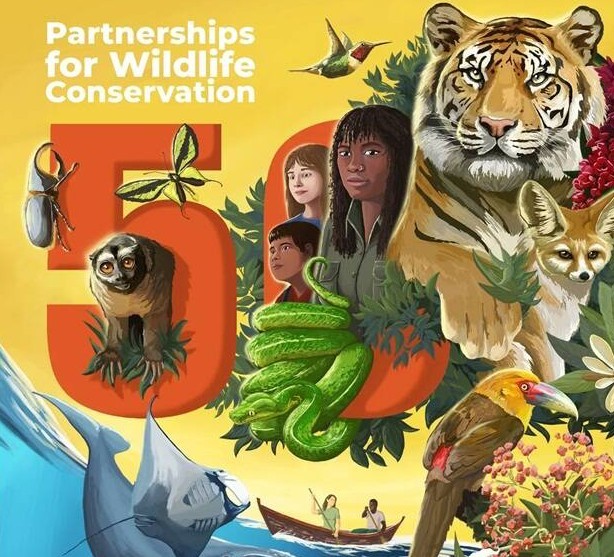
Disclaimer: Copyright infringement not intended.
Context: March 3 is known as World Wildlife Day (WWD), marked annually to draw attention to issues of conservation of flora and fauna. This year, the theme is ‘Partnerships for Wildlife Conservation’.
Details:
Why is World Wildlife Day marked?
- In 2013, the United Nations General Assembly (UNGA) proclaimed March 3 as the UN World Wildlife Day to celebrate and raise awareness of protecting the world’s wild animals and plants.
- This was as the Convention on International Trade in Endangered Species of Wild Fauna and Flora (CITES) was signed in 1973 on this day.
- March 3 marks the 50th anniversary of CITES’ establishment.
- CITES is considered a landmark agreement on conservation that focuses on ensuring the sustainability of endangered species.
.jpeg)
What is the CITES?
- CITES is an international agreement between governments.
- Its aim is to ensure that international trade in specimens of wild animals and plants does not threaten the survival of the species.
- It accords varying degrees of protection to more than 37,000 species of animals and plants, ranging from live animals and plants to wildlife products derived from them, including food products, exotic leather goods, medicines, etc.
- Currently, there are 184 parties to the convention, including India.
- The CITES Secretariat is administered by UNEP (The United Nations Environment Programme) and is located in Geneva, Switzerland.
- The Conference of the Parties to CITES is the supreme consensus-based decision-making body of the Convention and comprises all its parties
WCCB:
- In India, apart from the Union Ministry of Environment, Forests and Climate Change, the Wildlife Crime Control Bureau is a statutory body under the Ministry that is especially meant to combat organised wildlife crime in the country.
- It assists and advises the customs authorities in the inspection of the consignments of flora and fauna as per the provisions of the Wild Life Protection Act of 1972, CITES and the export and import policy governing items.

How does CITES work?
- The species covered under CITES are listed in three Appendices, according to the degree of protection they need.
- Appendix I includes species threatened with extinction. Trade in specimens of these species is permitted rarely, only in “exceptional circumstances”, such as gorillas, and lions from India.
- Appendix II includes species not necessarily threatened with extinction, but in which trade must be controlled to ensure their survival. For example, certain kinds of foxes and Hippopotamuses.
- Appendix III contains species that are protected in at least one country, which has asked other CITES Parties for assistance in controlling the trade, like the Bengal fox or the Golden Jackal from India.
- Different procedures are given category-wise to engage in the trade of species in each of the lists.
Criticism of CITES:
- One argument says having wildlife allowed to be traded further legitimises their movement and increases the possibility of their illegal trade.
- 2019 analysis in the journal Science that found in nearly two-thirds of cases, CITES protections lag after a species is determined to be threatened by international trade.
- Also, many animals that are in the wildlife trade are not protected by CITES.
- Voluntary nature of CITES membership means nobody is strictly bound to follow its direction.
- Its laxity has been questioned, on matters such as the ivory trade being allowed at times despite the convention banning it in 1989.
- Critics claimed there were sharp spikes in elephant poaching globally after one-off sales were allowed by the CITES in 1999 and 2008, of recovered ivory or from elephant deaths due to natural causes.
Successes:
- CITES has also had some successes, helping in recovering the South American vicuña (a small member of the camel family) and the Nile crocodile.
|
PRACTICE QUESTION
Q) Which of the following statements is/are correct with reference to CITES?
a. CITES Secretariat is administered by UNEP.
b. March 3 marks the 50th anniversary of CITES’ establishment.
I. Only a
II. Only b
III. Both a and b
IV. Neither a nor b
Answer: Option III
|

https://indianexpress.com/article/explained/explained-climate/world-wildlife-day-2023-cites-agreement-significance-explained-8476870/








